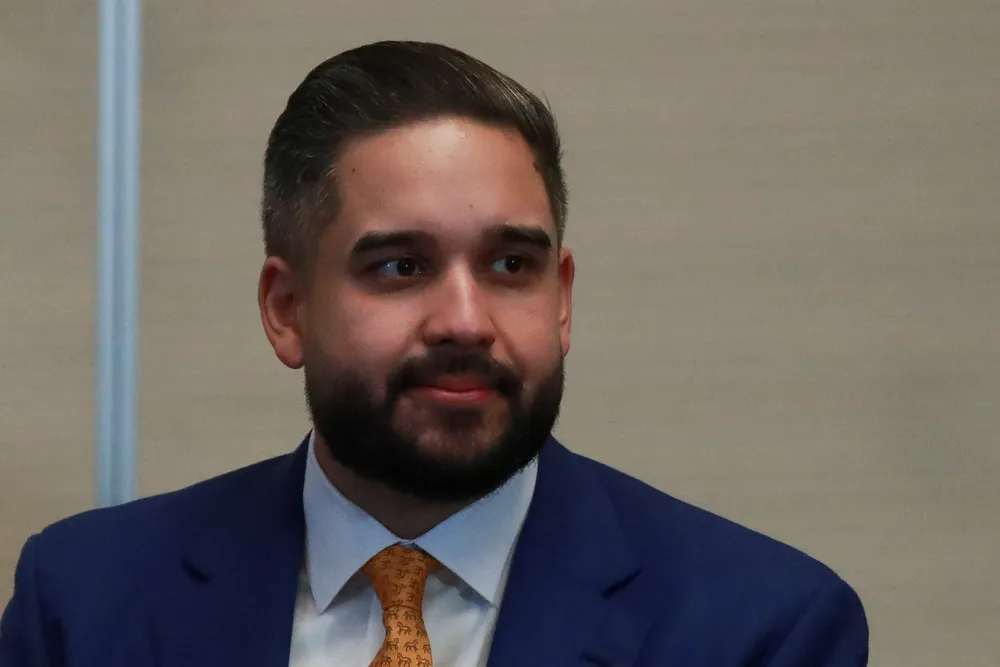Offshore gas could come back into play as Venezuelan sanctions start to ease
Preliminary agreement between government and opposition coincides with an easing of sanctions on oil produced by Chevron

Preliminary agreement between government and opposition coincides with an easing of sanctions on oil produced by Chevron
